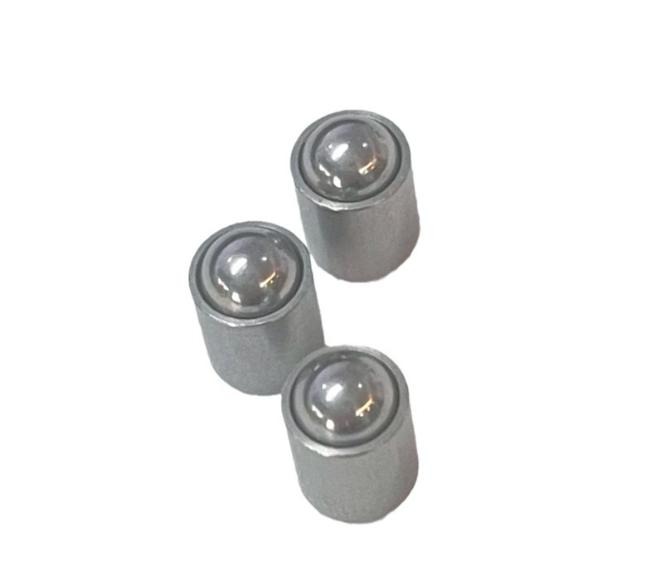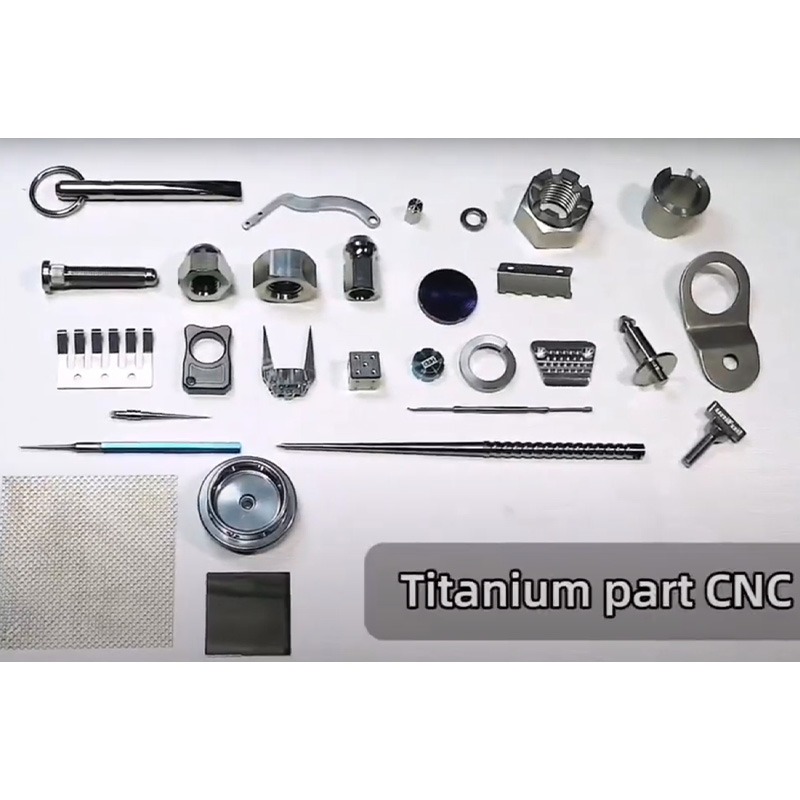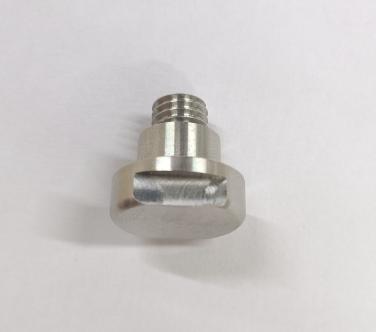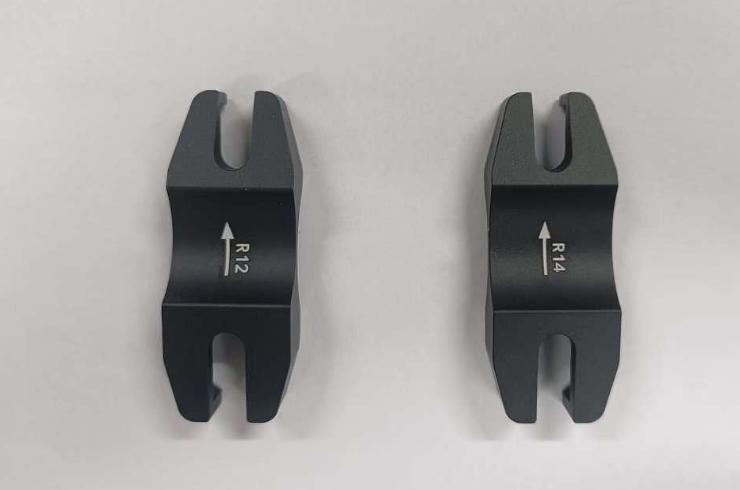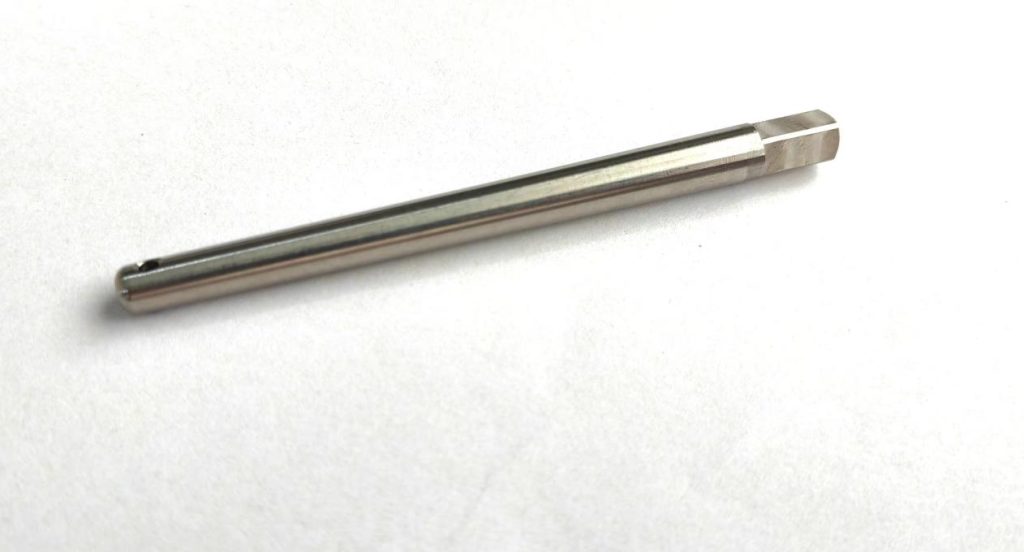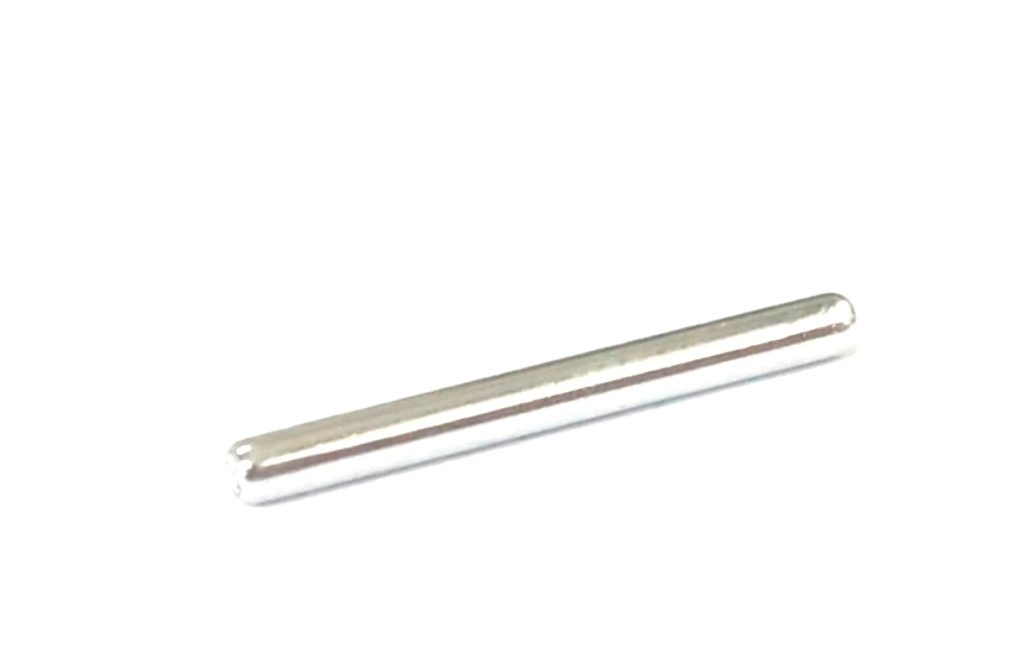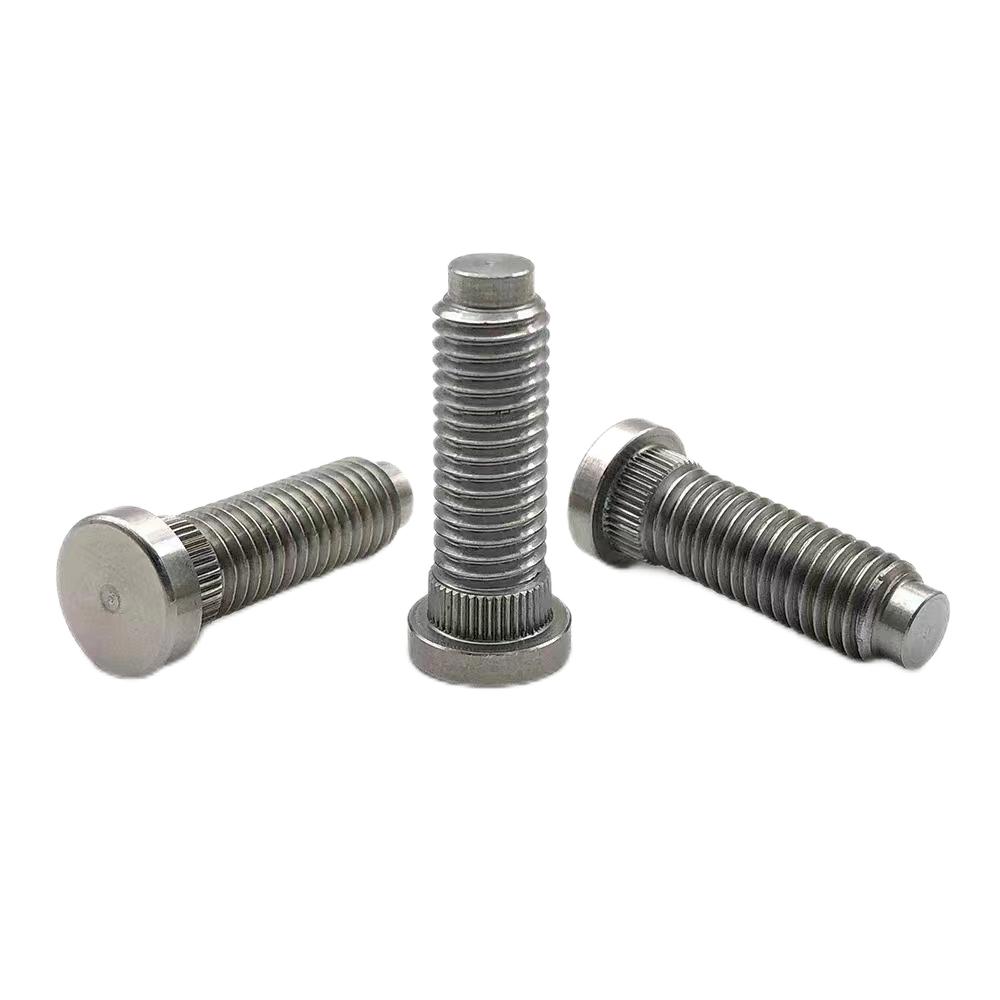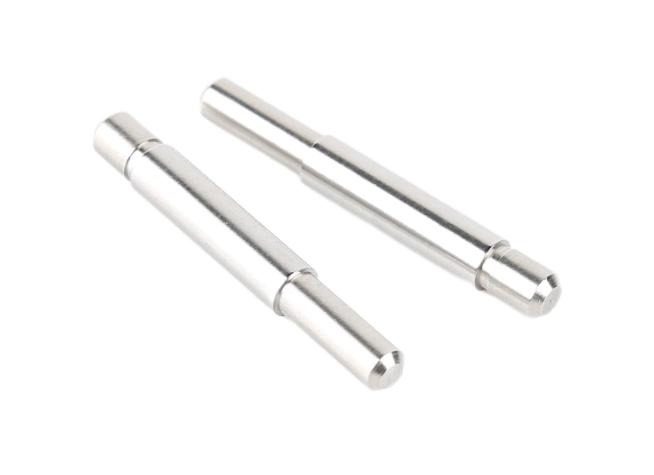A Comprehensive Guide to CNC Machining Materials: Unveiling the Right Choice for Your Project
CNC machining is a versatile and widely used manufacturing process that utilizes computer-controlled machinery to create precise and intricate parts from a variety of materials. This subtractive process involves removing material from a solid block to achieve the desired shape and dimensions. The choice of material plays a crucial role in determining the performance, functionality, and cost-effectiveness of the machined part.
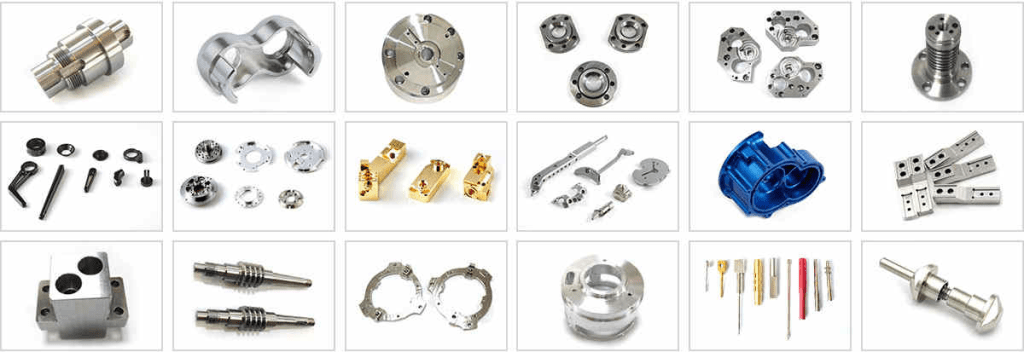
Metals: The Backbone of CNC Machining
Metals are the most common materials used in CNC machining due to their inherent properties, such as strength, durability, and versatility. Aluminum alloys are particularly popular choices for CNC machining due to their lightweight structure, excellent machinability, and resistance to corrosion. Among the commonly used aluminum alloys are:
- Aluminum 6061: This versatile alloy is widely used in aerospace, automotive, and industrial applications due to its high strength-to-weight ratio and excellent corrosion resistance.
- Aluminum 7075: This high-strength alloy is known for its exceptional durability and is often used in applications that require strength at elevated temperatures, such as aircraft components.
Stainless steel is another popular choice for CNC machining due to its exceptional corrosion resistance and ability to withstand harsh environmental conditions. Among the commonly used stainless steel grades are:
- Stainless Steel 304: This versatile grade offers good corrosion resistance and formability, making it suitable for a wide range of applications, including food processing equipment, medical devices, and architectural structures.
- Stainless Steel 316: This grade offers superior corrosion resistance and is particularly well-suited for marine applications and environments with high exposure to chloride ions.
Titanium is a prized material for CNC machining due to its remarkable strength, lightweight structure, and excellent corrosion resistance. However, its high cost often limits its use to specialized applications where these properties are essential.
Plastics: Lightweight and Versatile Alternatives for CNC Machining
Plastics offer a cost-effective and versatile alternative to metals in CNC machining. They are particularly well-suited for applications that require lightweight, durable, and corrosion-resistant components. Among the commonly used plastics are:
- Acrylic: This transparent plastic is known for its excellent optical clarity and resistance to impact and weathering. It is often used for signage, displays, and lenses.
- ABS: This durable plastic is widely used in a variety of applications, including automotive components, electronic enclosures, and toys. It is known for its impact resistance, heat tolerance, and ease of processing.
- Polycarbonate: This transparent plastic offers exceptional impact resistance and clarity. It is often used in safety glasses, riot shields, and medical devices.
- Polyethylene: This versatile plastic is widely used in packaging, containers, and toys. It is known for its flexibility, chemical resistance, and low cost.
- Nylon: This strong and durable plastic is often used in gears, bearings, and fasteners. It is known for its wear resistance, chemical resistance, and ability to withstand high temperatures.
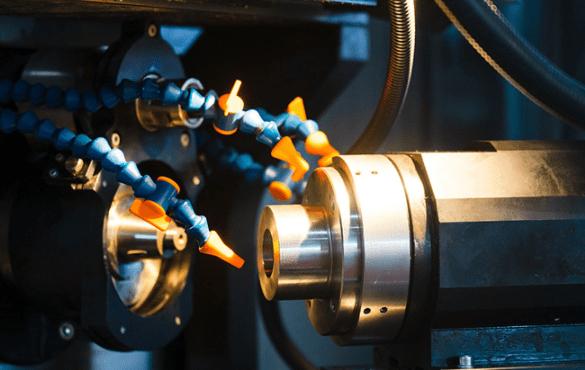
Wood: A Natural Choice for CNC Machining
Wood is a natural and sustainable material that can be CNC-machined to create a variety of products, including furniture, decorative pieces, and architectural components. Common types of wood used for CNC machining include:
- Maple: This hardwood is known for its strength, durability, and beautiful grain. It is often used for furniture, cutting boards, and musical instruments.
- Birch: This hardwood is known for its smooth finish, light color, and versatility. It is often used for furniture, plywood, and veneer.
- Pine: This softwood is known for its affordability, ease of machining, and light weight. It is often used for construction framing, furniture, and decorative pieces.
- MDF (Medium-Density Fiberboard): This engineered wood product is made from wood fibers that are bonded together with resin. It is known for its smooth surface, uniform density, and resistance to warping.
Other Materials: Beyond the Conventional through CNC Machining
CNC machining can be used to process a wide range of materials beyond metals, plastics, and wood. These include:
- Glass: CNC machining can be used to create intricate shapes and patterns in glass for decorative purposes or for optical applications such as lenses and prisms.
- Ceramics: CNC machining can be used to produce precise ceramic components for applications such as medical implants, cutting tools, and aerospace components.
- Composites: CNC machining can be used to create complex composite structures that combine the properties of different materials, such as strength, lightweight, and resistance to heat and corrosion.
Considerations for Material Selection for CNC Machining
When selecting a material for CNC machining, it is crucial to consider the following factors:
- Desired Properties: The choice of material should align with the desired properties of the finished part, such as strength, durability, weight, corrosion resistance, and thermal conductivity.
- Application Requirements: The material should be suitable for the specific application and operating environment. For instance, parts exposed to harsh environments may require materials with superior corrosion resistance or high-temperature tolerance.
- Cost-effectiveness: The cost of the material should be balanced against its performance and the overall project budget.
- Machinability: The material should be machineable using the available CNC equipment and tooling. Some materials may require specialized tooling or processing techniques.
- Availability: The material should be readily available and sourced from reliable suppliers.
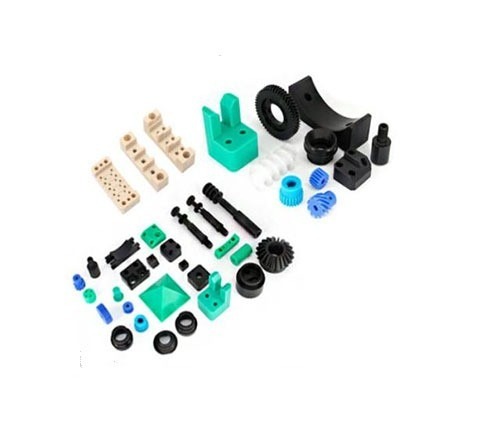
Material Selection Process of CNC Machining
The material selection process for CNC machining typically involves the following steps:
- Identify Part Requirements: Clearly define the functional requirements, operating conditions, and desired properties of the machined part.
- Research Material Options: Research available materials that meet the identified requirements, considering their properties, cost, machinability, and availability.
- Evaluate Material Properties: Compare the properties of shortlisted materials to determine the most suitable option based on the specific application.
- Consider Cost and Machinability: Assess the cost of each material and its compatibility with available CNC equipment and tooling.
- Consult with Experts: If necessary, consult with materials engineers or CNC machining specialists to obtain expert guidance in material selection.
- Perform Prototyping: Consider creating prototypes using the selected material to evaluate its performance and suitability before committing to full-scale production.
- Document Material Selection: Document the selection process, including the rationale behind the chosen material and any considerations taken.
Conclusion
CNC machining offers a versatile and powerful manufacturing process that can be used to create a wide variety of parts from a diverse range of materials. The choice of material plays a critical role in determining the performance, functionality, and cost-effectiveness of the machined part. By carefully considering the desired properties, cost, machinability, tooling availability, and environmental considerations, and by consulting with experienced CNC machining professionals, manufacturers can select the most suitable material for their specific applications.

